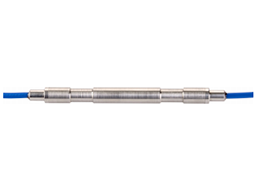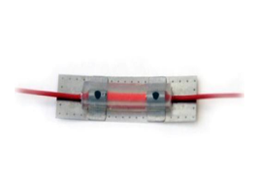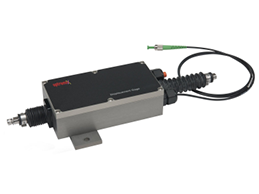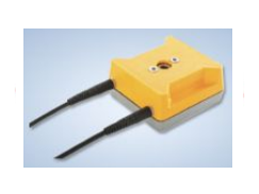FBG sensor technology relies on some sophisticated technology and physics. Laser light travels through a fiber core in a very defined manner. A Bragg grating is introduced onto the core of a fiber and the many reflections off of this grating create a stable sensor. Any strain (temperature, pressure, vibration, etc.), applied to the fiber Bragg grating into the fiber will cause a wavelength shift and magnitude change of the reflections. This change allows for very accurate measurements to be performed either over a long period of time or in an ultra-fast event.
Fiber Bragg grating sensors use an FBG as a sensing element. FBG is highly responsive not only to mechanical deformation but also to temperature changes.
When the light beam travels towards the fiber Bragg grating, but the only specific wavelength of light is reflected by the refractive index, this wavelength is called Bragg wavelength. Essentially, this is what causes fiber optic Bragg grating to transmit most of the light while reflecting only certain wavelength.
The sensor may be located far away from the interrogating device (tens of kilometers), which applies to the quasi-distributed system based on FBG, as well as to any distributed systems, however, they have a very fast reply and low heat retention. It doesn’t require a power supply, grounding, and galvanic isolation, and it functions perfectly well under adverse climatic conditions and aggressive environment.
Fiber optic system has complete fire and explosion safety, it can’t hit with the electrical shock, and it doesn’t emit radio waves.









